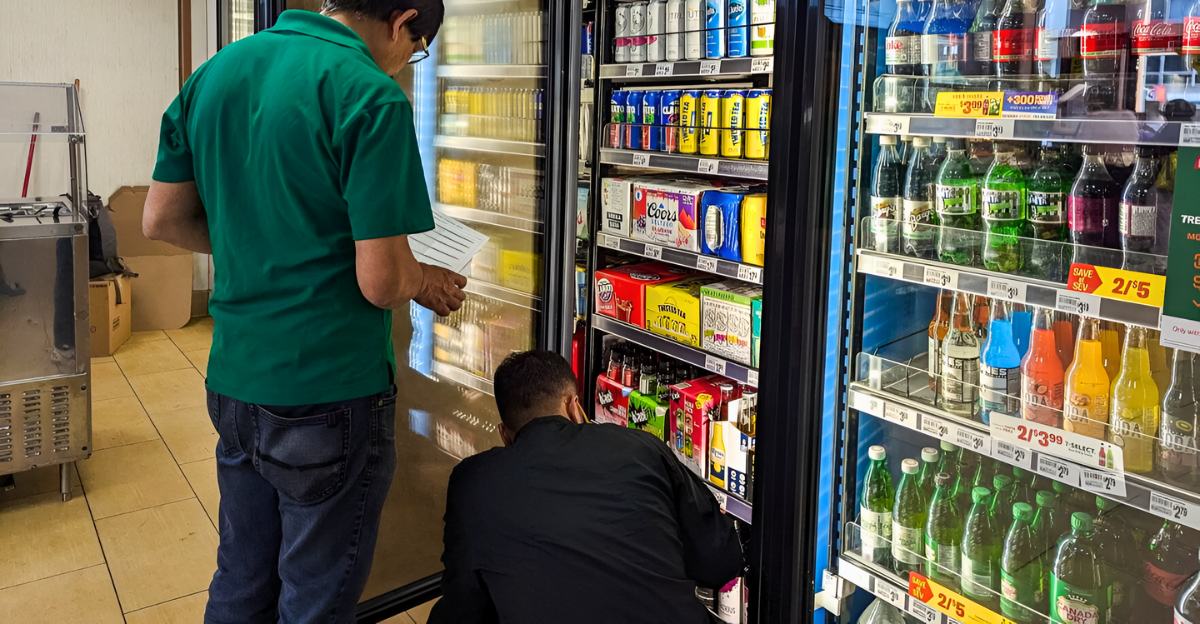
A heat dome over the Mississippi Valley and lower Plains is sending heat-index readings above 110–115°F across much of the region. The National Weather Service reports that over 90 million Americans from the Plains through the South are under excessive-heat alerts. The stagnant high-pressure lid is expected to hold through the weekend, offering little relief.
Overnight lows will stay in the mid-70s (upper-70s°F), meaning bodies have hardily any chance to cool off at night. Officials warn that without effective cooling and hydration, “anyone without effective cooling or sufficient hydration could face health risks”.
Thirst Trap
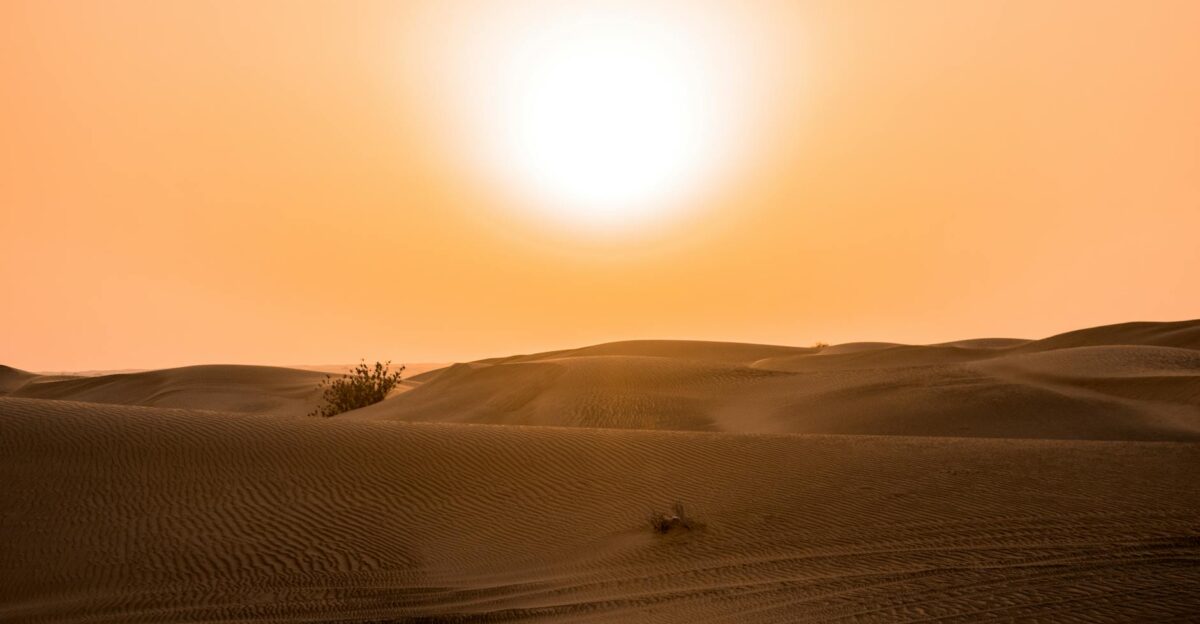
Heat is the deadliest U.S. weather hazard, killing more than 700 people a year. Health authorities urge people to drink plenty of water and avoid diuretic drinks in extreme heat. For example, the CDC advises “limiting caffeine and alcohol” on hot days. Nutritionists echo this advice: registered dietitian Lauren Manaker warns that alcohol “makes it harder for your body to stay hydrated,” compounding the risk of heat exhaustion.
Already, hospitals from Texas to Missouri report rising numbers of heat-related emergency visits, and experts fear those figures could spike if the dome persists.
Dome Dynamics
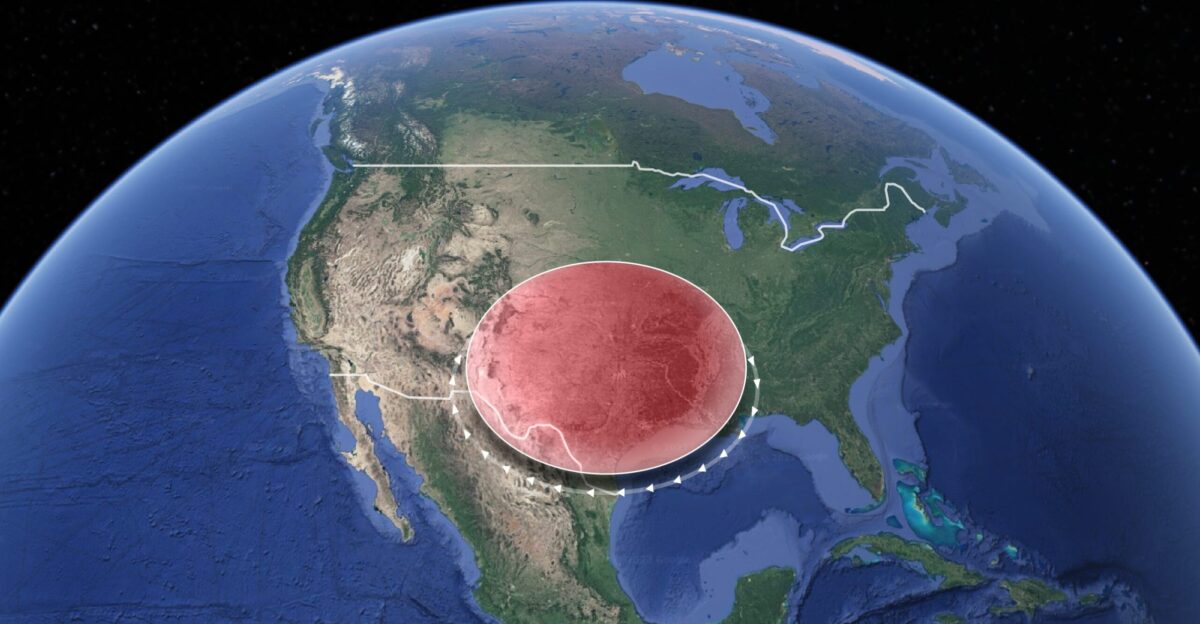
Heat domes form when a stubborn ridge of high pressure traps warm, humid air like “a lid on a boiling pot”. This week’s dome stretches from Kansas to the Carolinas, fueled by Gulf moisture and even heavy “corn-sweat” evapotranspiration from maturing Midwest crops. AccuWeather meteorologist Tom Kines puts it plainly: “… buckle up, because [summer] is coming,” after a delayed start to the season.
Even climate scientists note that such widespread, prolonged heat waves were once rare – now human-driven warming has made them far more likely.
Mounting Pressure
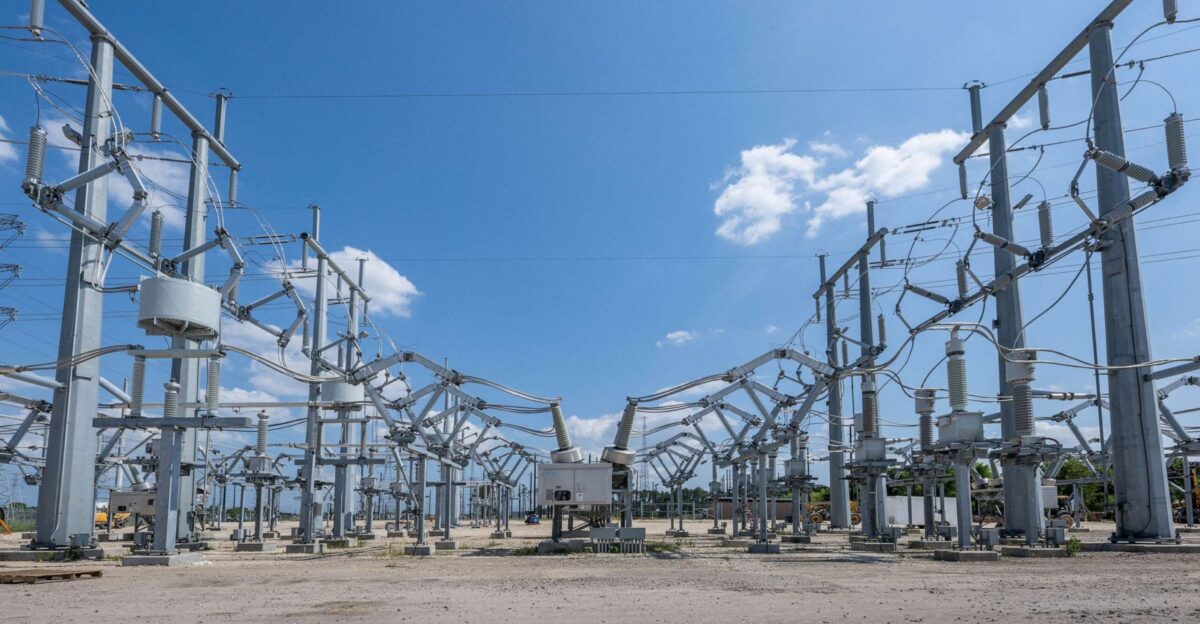
Infrastructure is straining under this heat. PJM Interconnection (the grid covering much of the Mid-Atlantic and Midwest) has already urged consumers to cut electricity use as power demand hits record midsummer highs. In New York, overheated power lines forced some trains to slow, and wholesale electricity prices briefly spiked toward $200/MWh.
Farmers are on alert, too: an extended stretch of 90%+ humidity during pollination can sharply reduce corn yields, tightening global grain forecasts. In response, cities are opening emergency cooling centers and distributing bottled water and electrolyte packets in rural areas.
NWS Directive
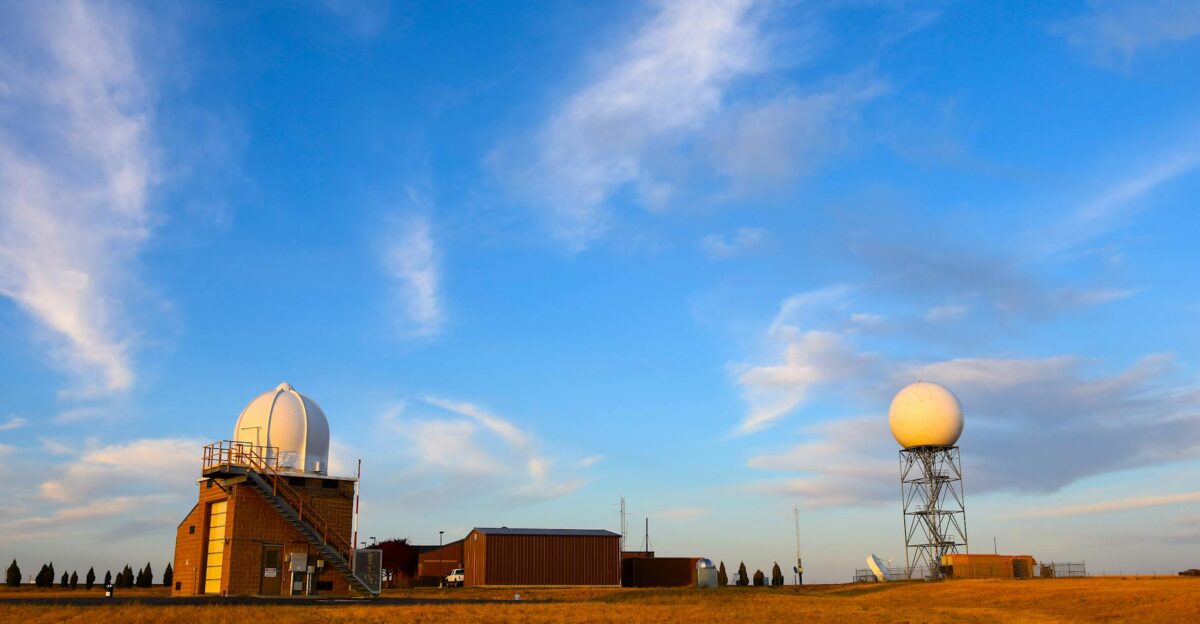
On July 22, the National Weather Service issued Excessive Heat Warnings and Advisories across an 18-state swath from the Dakotas and Plains down to Texas and east to the Carolinas. Those alerts covered roughly 90 million people and delivered a stark message: “Drink plenty of water. Do NOT drink alcoholic or caffeinated beverages.” In other words, officials urged swapping beers and cold brew for plain water during the heat dome.
Regional Fallout
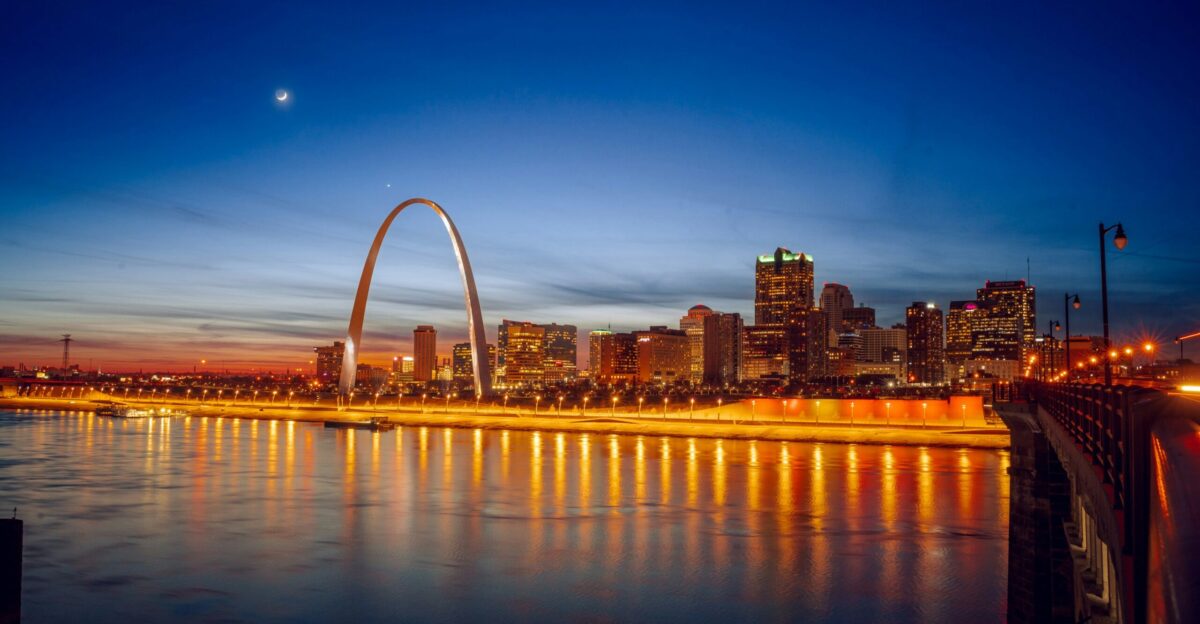
St. Louis saw heat-index readings reach 116°F, prompting city leaders to cancel youth sports and open 24-hour cooling shelters. “We urge residents to stay vigilant in the coming days…keep your air conditioning on, monitor weather reports, and check on those at risk,” said St. Louis Health Commissioner Victoria Anwuri as her city braced for more heat.
Little Rock recorded similar “feels-like” highs in the low 100s, and Memphis transit crews sprayed rails to prevent warping. Rural Arkansas authorities reported several livestock collapsing from dehydration. Even Chicago extended beach hours – reminding swimmers that “hydration must be water, not beer.”
Human Toll
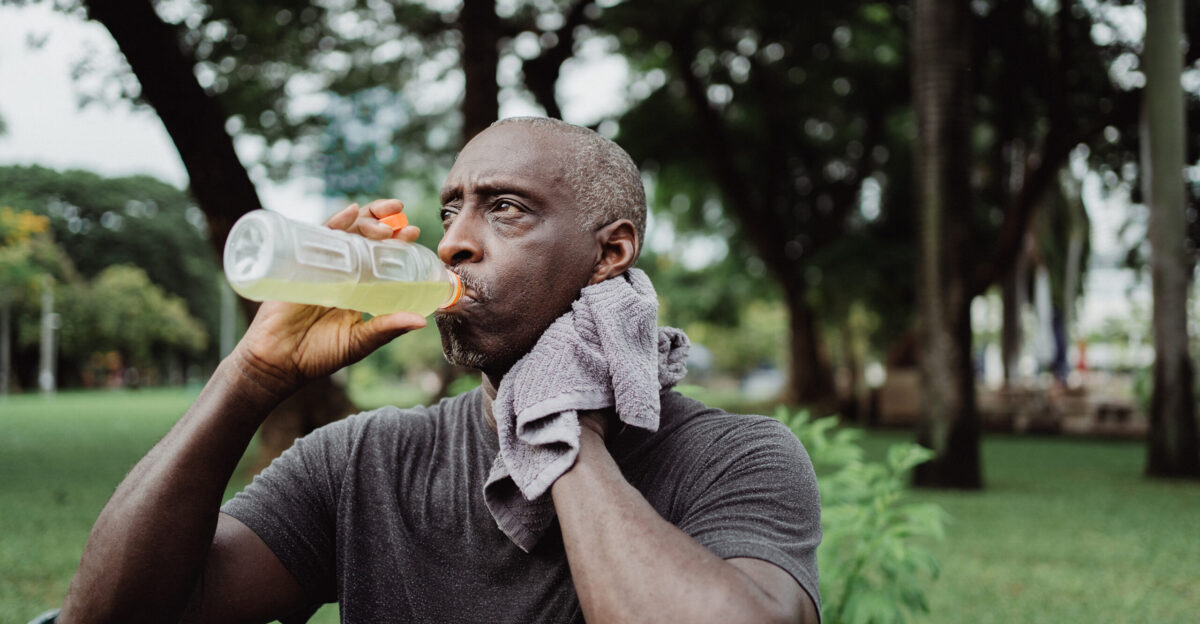
For people working through the dome, conditions can feel unbearable. Austin roofer Karl Larsen said he tells crews to stick to early shifts with plenty of cold water on hand: “If you are inspecting a roof, you have to do it quick and choose your battles wisely. No reason to be a hero … and put your life on the line,” he explained.
Volunteers and emergency crews are fanning out in vulnerable communities, supplying water and checking on residents in trailer parks and other isolated areas. These frontline stories highlight both the exhaustion and resilience of a region on edge under relentless heat.
Grid Guardrails
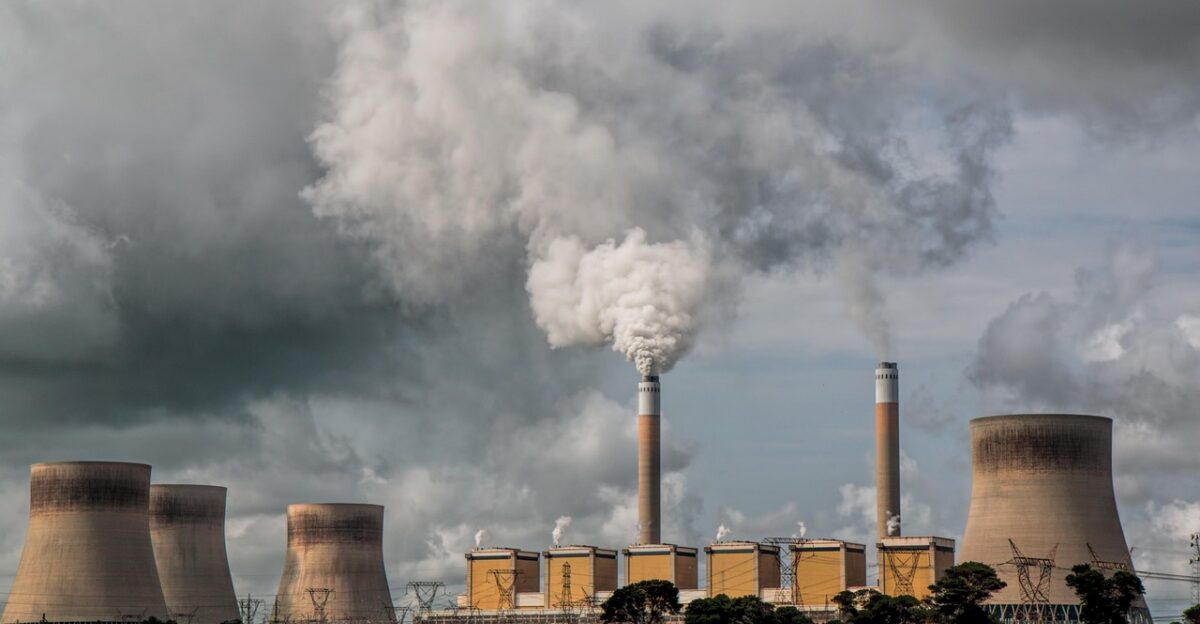
Electric crews from Chicago to Atlanta are now working overnight to keep equipment from overheating, and the Tennessee Valley Authority set an all-time July peak of 34 gigawatts in power demand. Chicago opened dozens of emergency cooling centers – part of a program born after the deadly 1995 heat wave – to help residents stay safe.
On construction sites, companies are preempting harm: Fluor safety manager Jeff Wagner says crews have on-site cooling stations and heavy-duty water bottles for thousands of workers.
Economic Drag

Small businesses and workers are already feeling the pinch. “Main Street is feeling the heat. It may just be too hot for customers and businesses alike,” Homebase CEO John Waldmann warned. Manufacturers from Memphis to Louisville have trimmed shifts as indoor temperatures approach OSHA’s comfort limit. Freight trains across the Plains have slowed by about 10 mph to avoid buckling rails, delaying Midwest-to-Gulf grain shipments.
Insurance analysts say claims for heat-stressed crops and worker-comp cases could jump 15–20% this quarter.
Looking Ahead
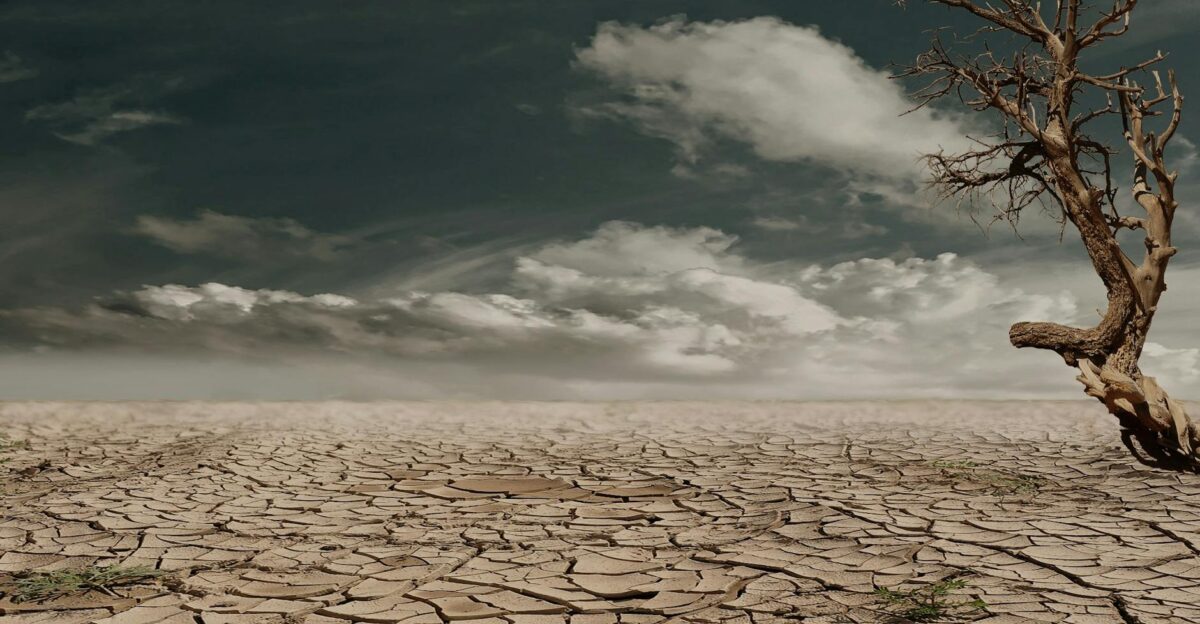
Climate researchers say this heat wave was far from normal: one analysis finds that human-caused warming made it at least three times more likely than it would have been in a cooler climate. Forecast models show a Level-4 “Extreme Heat Risk” outlook covering much of the South into late July, and only a brief cooldown is expected before the next ridge builds.
That raises a thorny question: if advising tens of millions to avoid alcohol and caffeine becomes routine advice in summer, how must businesses adapt?
